#mythicteams
Photo

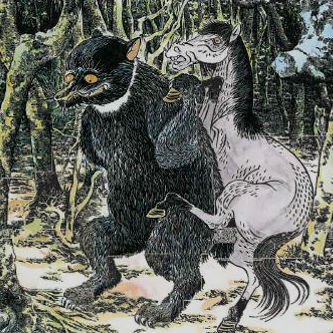
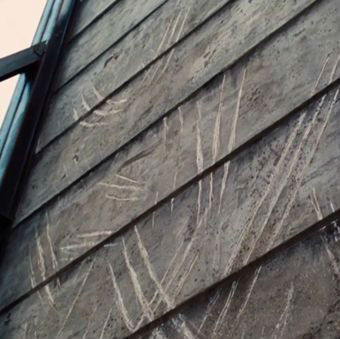
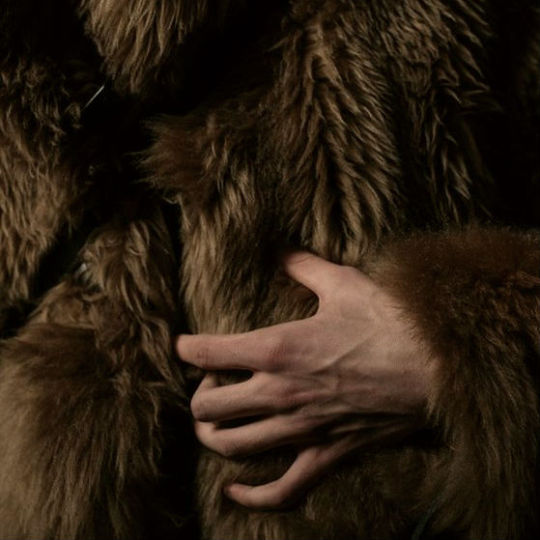


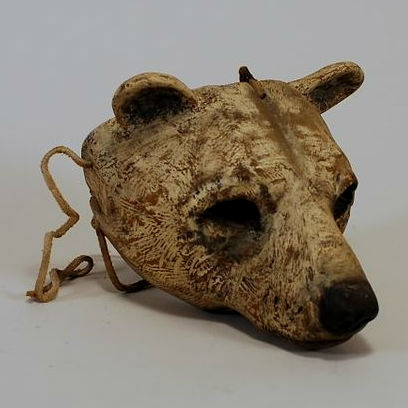
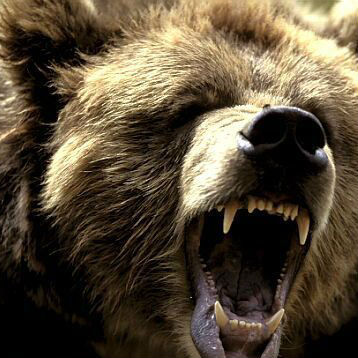
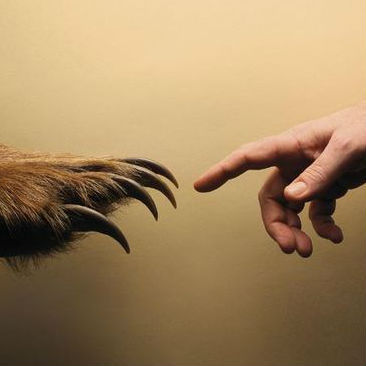
Hockey Teams as Mythical & Legendary Creatures: (20/31)
Boston Bruins -> Onikuma (”Demon Bear”) | Status: Mythological Yokai | Origin: Japanese
An onikuma is a mythological Japanese yōkai (a class of supernatural monsters, spirits and demons in Japanese folklore) originating in the Kiso Valley in Nagano Prefecture. It is a bear-like creature that has been known to walk upright. They sneak into villages at night to carry off livestock for food. When a bear has lived for many years, it becomes an onikuma. It rarely shows itself to humans, but late at night comes down from the mountain to human settlements, walking upright on its hind legs, to steal horses and cattle, which it takes back to the mountain to eat. Onikuma are extremely strong. It is said that, in the mountains, they will throw stones 9 or 10 feet in diameter down into the valley at humans they see below. These stones, which 10 people together couldn’t move, are called “Onikuma stones,” a name that is still used today in the Kiso Valley.
135 notes
·
View notes
Photo
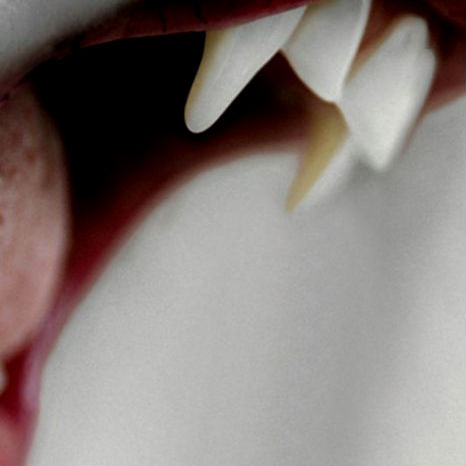

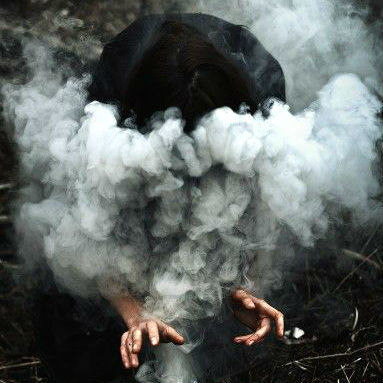

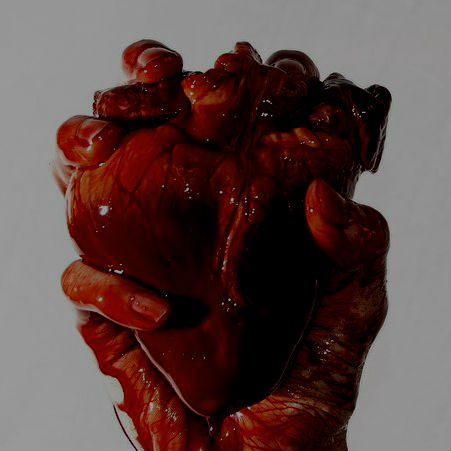
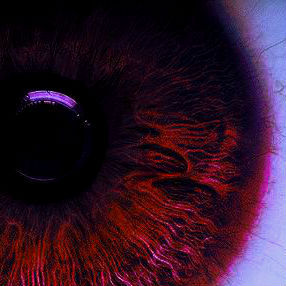


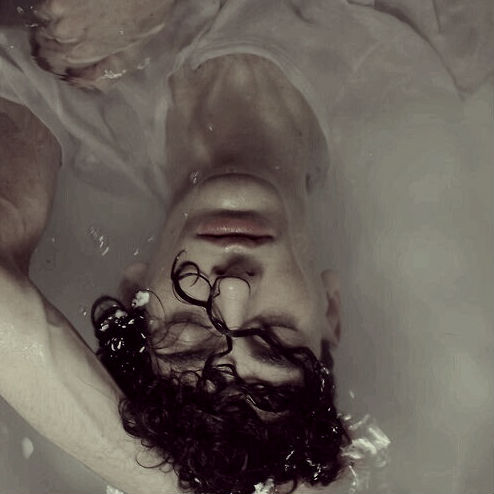
Hockey Teams as Mythical & Legendary Creatures: (5/31)
Washington Capitals -> упырь (The Upyr) | Status: Mythological Creature | Origin: Slavic
In Slavic tradition, much stress was placed on proper burial rites upon an individual’s death to ensure the soul's purity and peace as it separated from the body. The death of an unbaptized child, a violent or an untimely death, or the death of a grievous sinner (such as a sorcerer or murderer) were all grounds for a soul to become unclean after death. A soul could also be made unclean if its body were not given a proper burial. Upyrs are reanimated corpses possessed by unclean souls that kill living creatures to absorb their life essence. The Upyr drains each victim of blood, then, using its ironlike teeth, gnaws into their chest so that it may consume the heart. In fact, the teeth of the Upyr are possibly its greatest assets, as it uses them to chew through the ground that has frozen solid in the winter months so that it can escape its own grave.
#my edit#washington capitals#fantasy#hockey meme#halloween meme#mythicteams#nhl edit#myths and legends#cbj edit#nicklas backstrom#ovechkin#alexander ovechkin#caps edit
197 notes
·
View notes
Photo
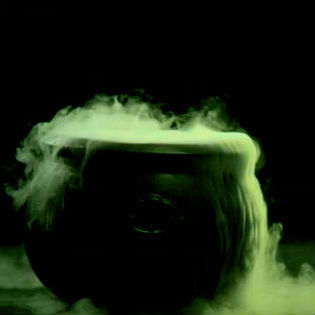
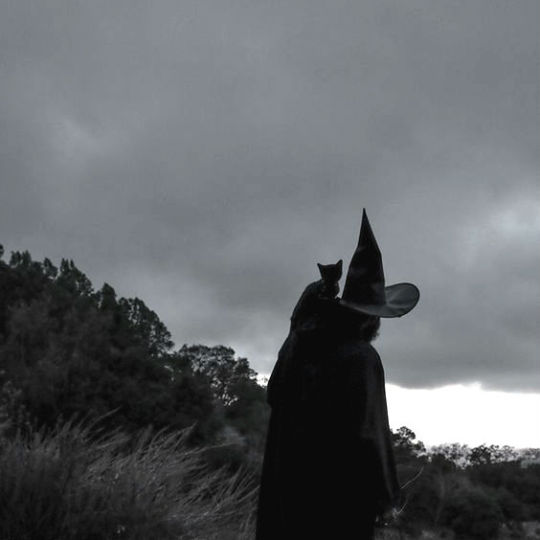
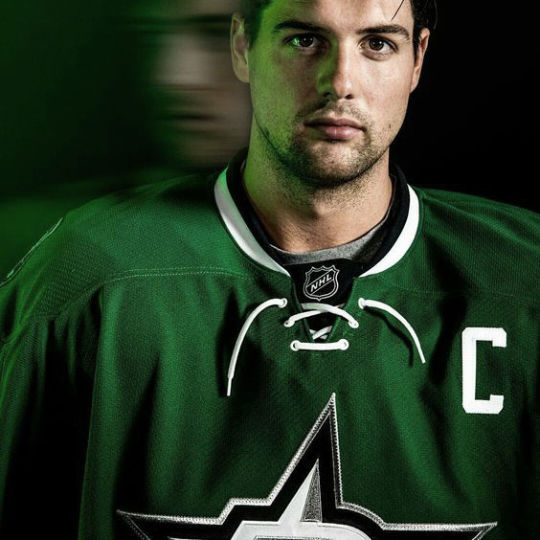

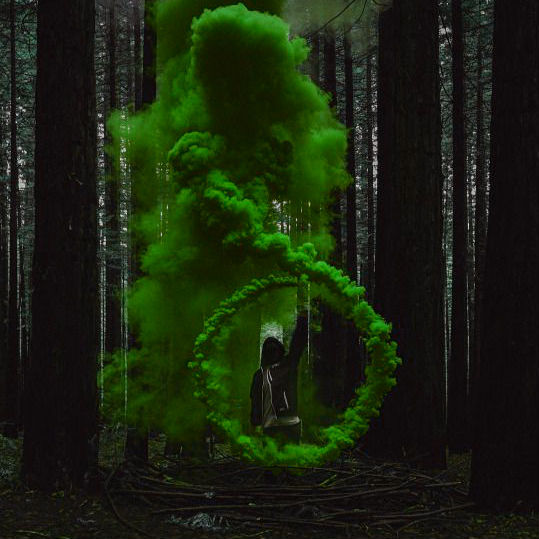

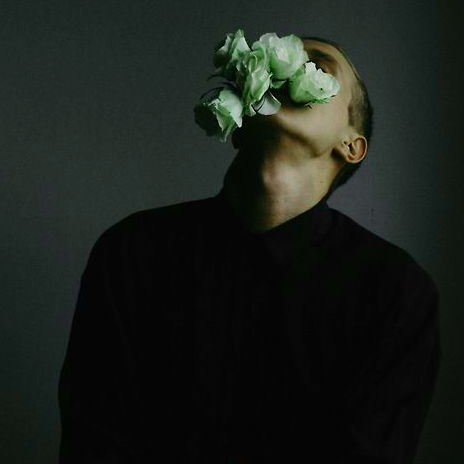

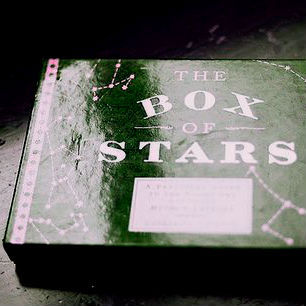
Hockey Teams as Mythical & Legendary Creatures: (9/31)
Dallas Stars -> Witch | Status: Profession | Origin: Worldwide
A witch is a practitioner of witchcraft. Witchcraft or witchery broadly means the practice of, and belief in, magical skills and abilities that are able to be exercised by individuals and certain social groups. Witchcraft is a complex concept that varies culturally and societally; therefore, it is difficult to define with precision and cross-cultural assumptions about the meaning or significance of the term should be applied with caution. Witchcraft often occupies a religious, divinatory or medicinal role, and is often present within societies and groups whose cultural framework includes a magical world view.
#my edit#nhl edit#dallas stars#fantasy#hockey meme#halloween meme#myths and legends#mythicteams#tyler seguin#jamie benn#dallas stars edit
171 notes
·
View notes
Photo




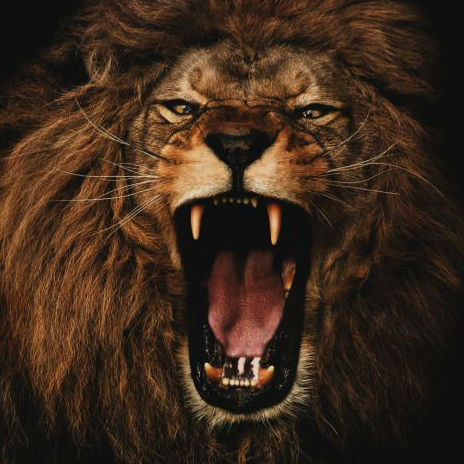
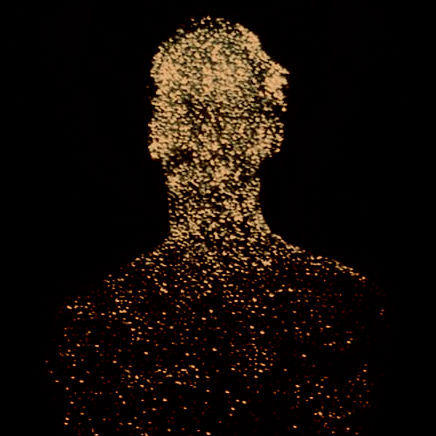

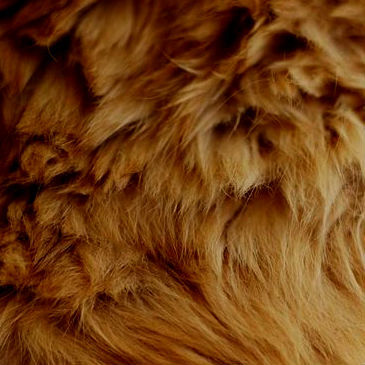
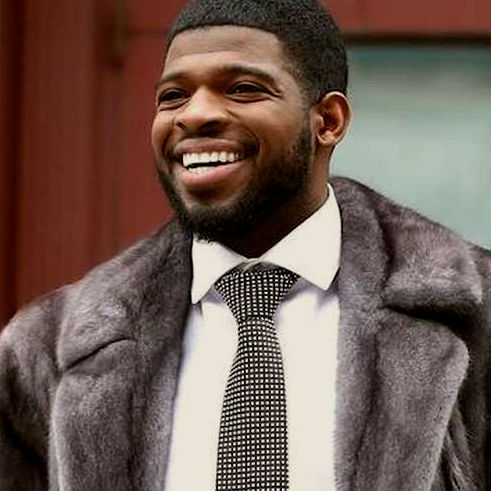
Hockey Teams as Mythical & Legendary Creatures: (24/31)
Nashville Predators-> Nemean Lion/Constellation of Leo | Status: Mythological Creature | Origin: Greek
The zodiacal constellation Leo is generally accepted to represent the Nemean Lion, killed by Hercules during his first labor. The Nemean Lion was a vicious monster in Greek mythology that lived at Nemea. It could not be killed with mortals' weapons because its golden fur was impervious to attack. Its claws were sharper than mortals' swords and could cut through any armor. According to one version of the myth, the Nemean lion took women as hostages to its lair in a cave near Nemea, luring warriors from nearby towns to save the damsel in distress. After entering the cave, the warrior would see a woman (usually feigning injury) and rush to her side. Once he was close, the woman would turn into a lion and kill the warrior, devouring his remains and giving the bones to Hades.
103 notes
·
View notes
Photo

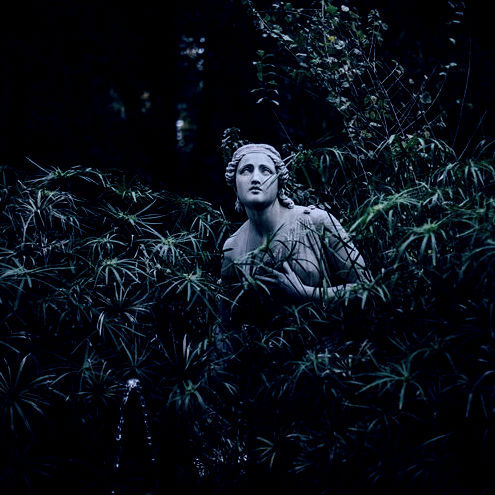
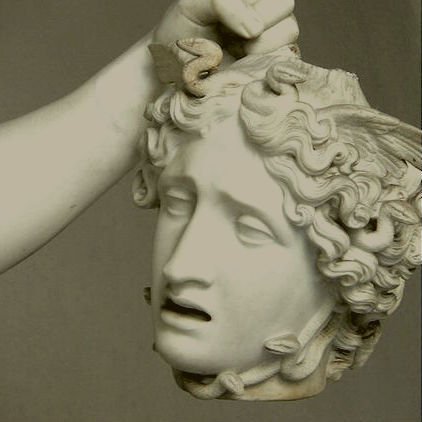
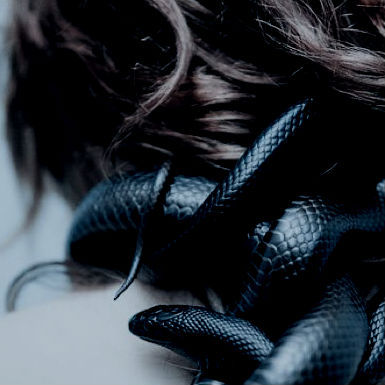
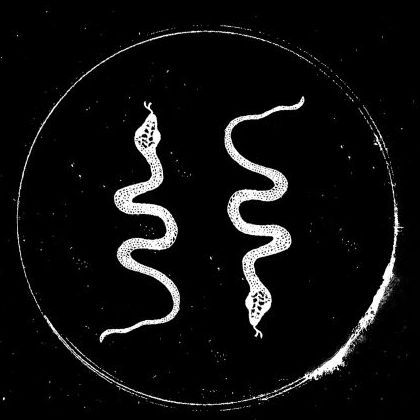
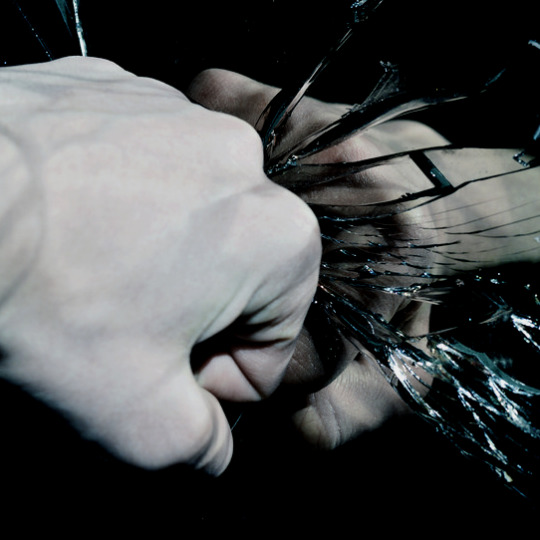
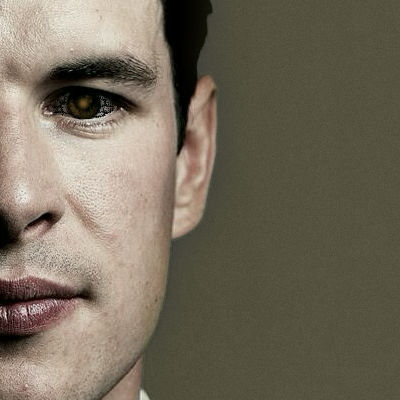
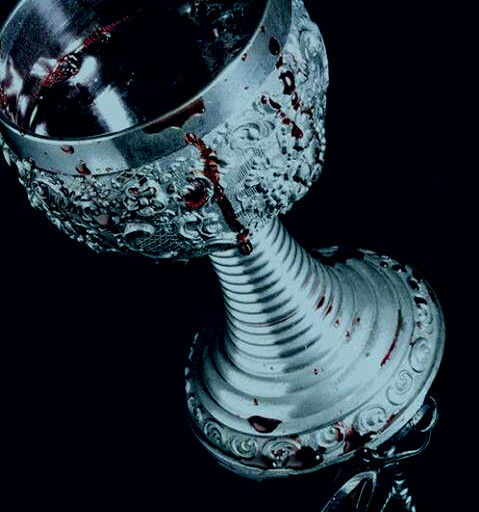
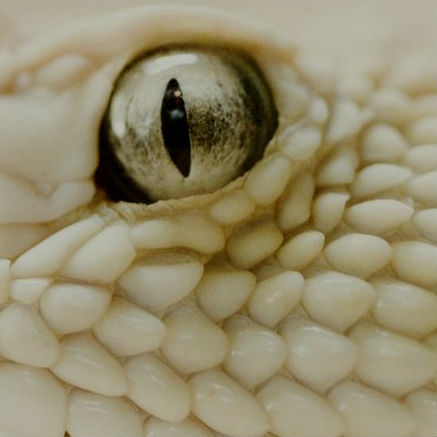
Hockey Teams as Mythical & Legendary Creatures: (12/31)
Pittsburg Penguins -> Gorgon | Status: Mythological Creature | Origin: Greek
In Greek mythology, a Gorgon is a female creature. The name derives from the ancient Greek word gorgós, which means "dreadful", and appears to come from the same root as the Sanskrit word "garğ" which is defined as a guttural sound, similar to the growling of a beast, thus possibly originating as an onomatopoeia. While descriptions of Gorgons vary across Greek literature and occur in the earliest examples of Greek literature, the term commonly refers to any of three sisters who had hair made of living, venomous snakes, as well as a horrifying visage that turned those who beheld her to stone. Gorgons are often depicted as having wings, brazen claws, the tusks of boars, and scaly skin. Traditionally, while two of the Gorgons were immortal, Stheno and Euryale, their sister Medusa was not as she was slain by the demigod and hero Perseus.
112 notes
·
View notes
Photo

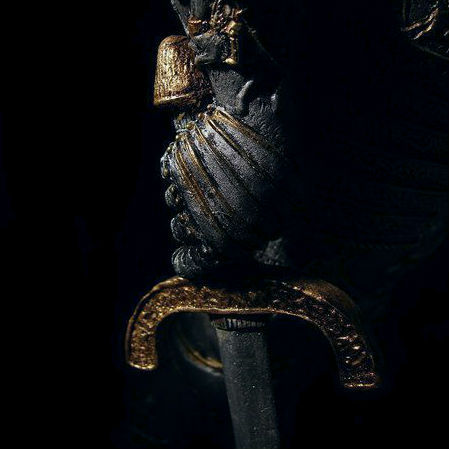
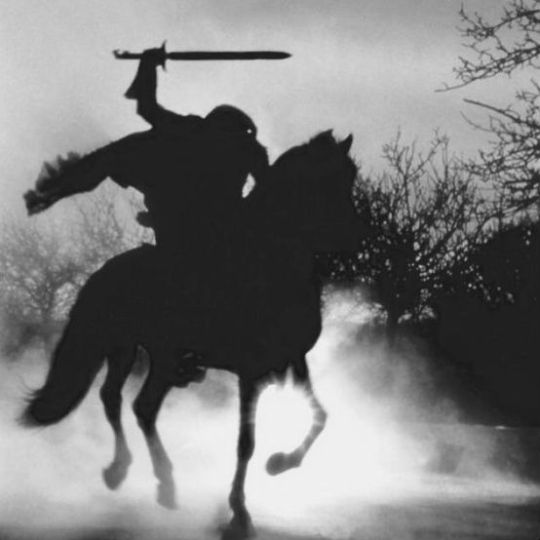
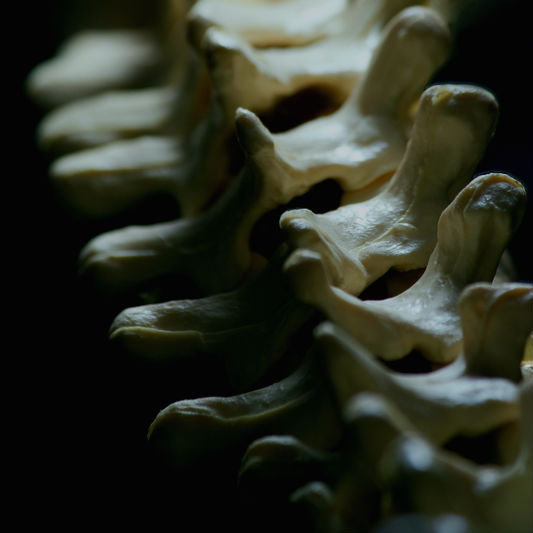

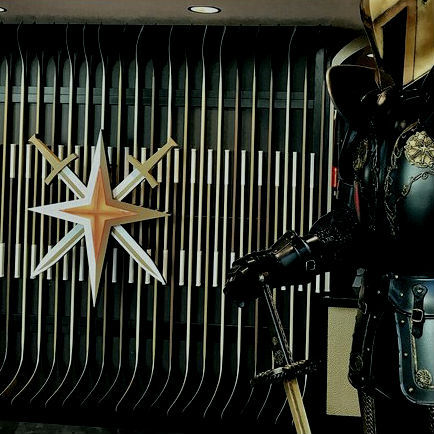
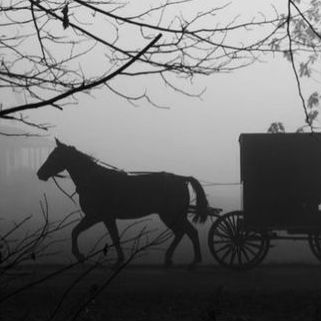

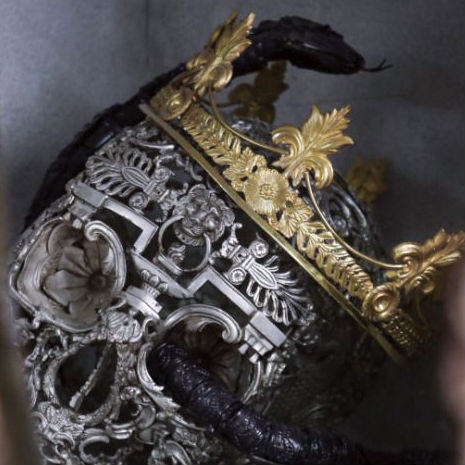
Hockey Teams as Mythical & Legendary Creatures: (22/31)
Vegas Golden Knights-> Headless Horseman | Status: Folk Legend | Origin: Western Europe
The dullahan or dulachán ("dark man") is a headless, demonic fairy, usually riding a horse and carrying his head under his inner lower thigh (or holding it high to see at great distance). He wields a whip made from a human corpse's spine. When the dullahan stops riding, a death occurs. The dullahan calls out a name, at which point the named person immediately dies. In another version, he is the headless driver of a black carriage. In some German versions of the headless horseman, he seeks out the perpetrators of capital crimes. In others, he has a pack of black hounds with tongues of fire. In India folklore, the jhinjhār is a headless horseman found in the folklore of Rajasthan and Madhya Pradesh. Unlike European depictions, this headless horseman is often portrayed as a heroic figure; folklore states that jhinjhārs are said to be born out of violent and wrongful deaths that occur in protecting innocents.
#my edit#nhl edit#hockey meme#vegas golden knights#vgk#vgk edit#mythicteams#myths and legends#fantasy#halloween meme
67 notes
·
View notes
Photo

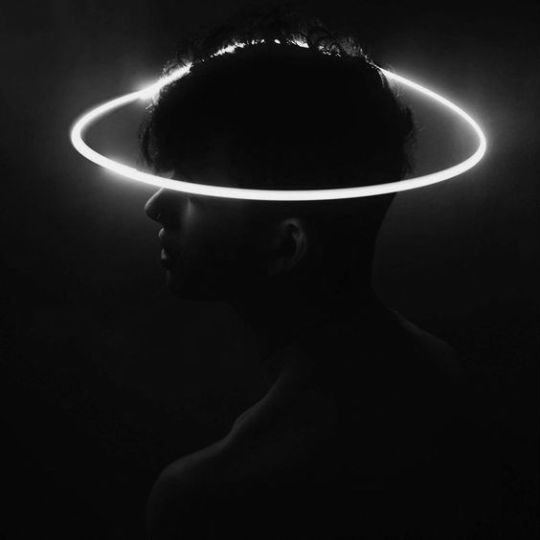


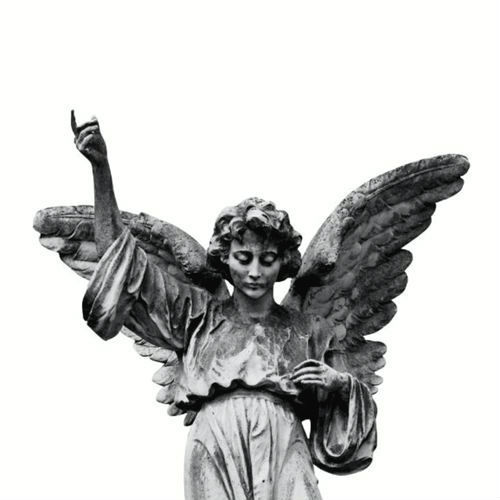
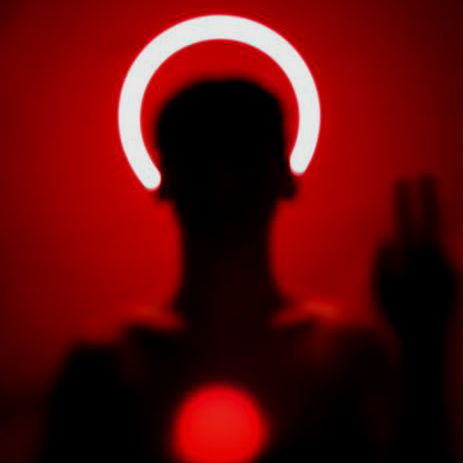
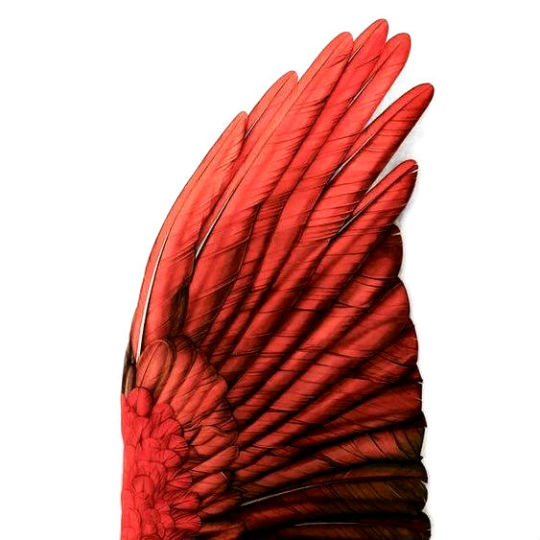
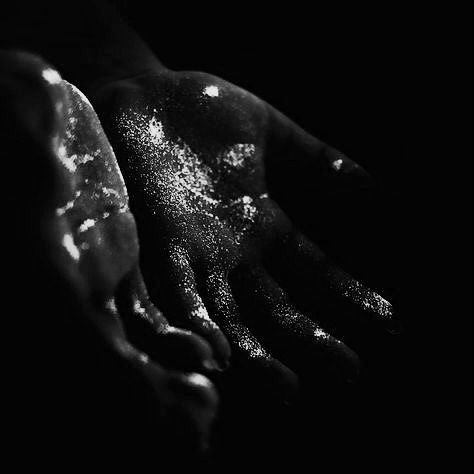
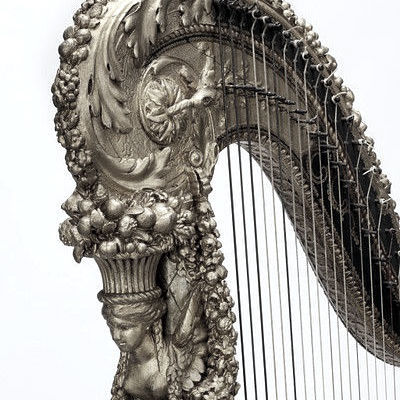
Hockey Teams as Mythical & Legendary Creatures: (17/31)
Detroit Red Wings -> Angel | Status: Supernatural Being | Origin: Worldwide
In Abrahamic religions and Zoroastrianism, angels are often depicted as benevolent celestial beings who act as intermediaries between God or Heaven and Earth. Other roles of angels include protecting and guiding human beings, and carrying out God's tasks. The term "angel" has also been expanded to various notions of spirits or figures found in other religious traditions. In fine art, angels are usually depicted as having the shape of human beings of extraordinary beauty; they are often identified using the symbols of bird wings, halos, and light.
#my edit#red wings#detroit red wings#fantasy#hockey edit#nhl edit#halloween edit#myths and legends#mythicteams#henrik zetterberg#tomas tatar#this one is my fav tbh!!!
82 notes
·
View notes
Photo


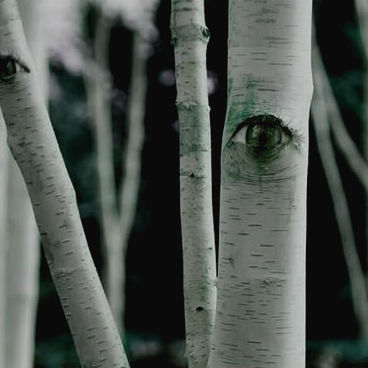
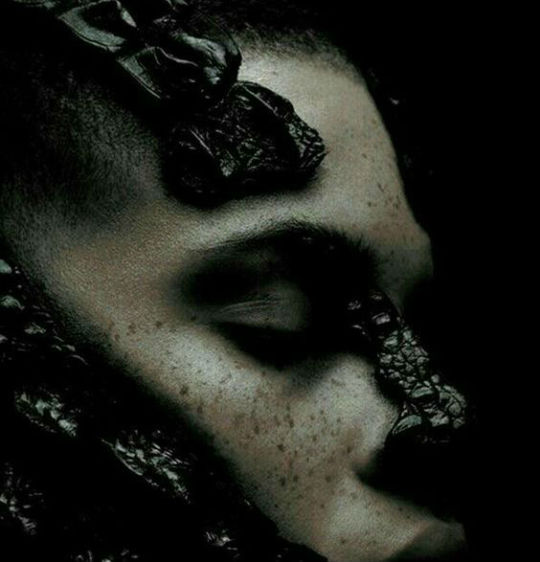
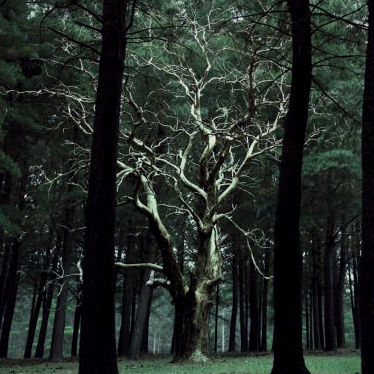


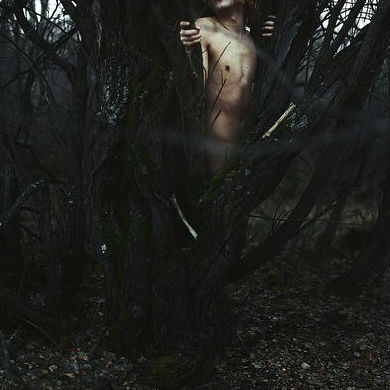
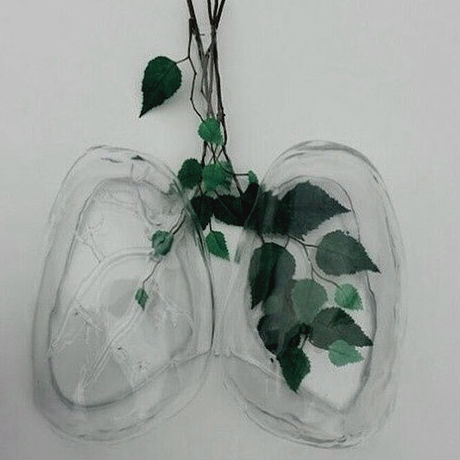
Hockey Teams as Mythical & Legendary Creatures: (14/31)
Toronto Maple Leafs -> Dryad | Status: Mythological Creature | Origin: Greek
A dryad is a tree nymph, or tree spirit, in Greek mythology. In Greek drys signifies “oak”. Thus, dryads are specifically the nymphs of oak trees, though the term has come to be used for all tree nymphs in general. They were normally considered to be very shy creatures, except around the goddess Artemis, who was known to be a friend to most nymphs. Dryads, like all nymphs, were supernaturally long-lived and tied to their homes, but some were a step beyond most nymphs. These were the hamadryads who were an integral part of their trees, such that if the tree died, the hamadryad associated with it died as well. For these reasons, dryads and the Greek gods punished any mortals who harmed trees without first propitiating the tree-nymphs.
#my edit#Toronto Maple Leafs#fantasy#hockey edit#halloween edit#nhl edit#tml edit#tml#myths and legends#mythicteams#auston matthews#nazem kadri
86 notes
·
View notes
Photo
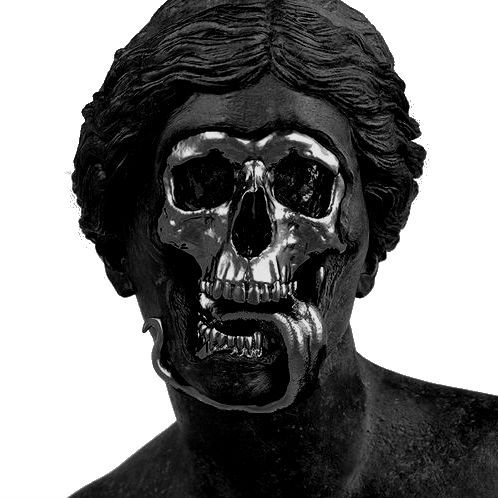
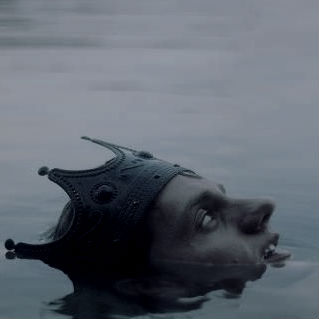



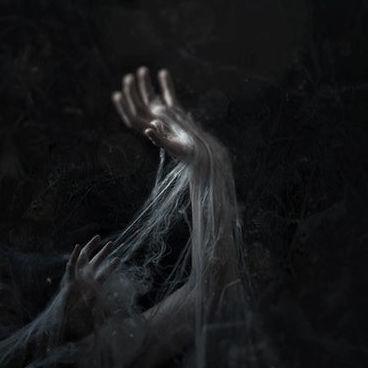
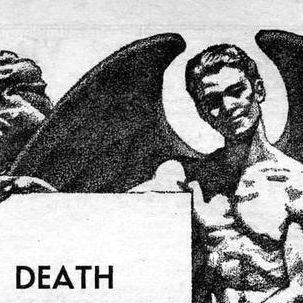


Hockey Teams as Mythical & Legendary Creatures: (19/31)
Los Angeles Kings -> Hades | Status: God | Origin: Greek
Hades was the ancient Greek chthonic god of the underworld, which eventually took his name. Hades ruled the dead, assisted by others over whom he had complete authority. The House of Hades was described as full of "guests," though he rarely left the Underworld. He cared little about what happened in the Upperworld, as his primary attention was ensuring none of his subjects ever left. Despite modern connotations of death as evil, Hades was actually more altruistically inclined in mythology. Hades was often portrayed as passive rather than evil; his role was often maintaining relative balance. That said, he was also depicted as cold and stern, and he held all of his subjects equally accountable to his laws. Any other individual aspects of his personality are not given, as Greeks refrained from giving him much thought to avoid attracting his attention.
68 notes
·
View notes
Photo


Hockey Teams as Mythical & Legendary Creatures: (1/31)
Montreal Canadiens -> The Loup-Garou | Status: Folk Legend | Origin: French-Canadian
The term Loup Garou means “wolf man” and designates men with the power to transform themselves into monstrous predators. It is also said that these monsters are nearly immortal, and can change at will without a full moon. | L’expression Loup garou signifie “homme loup” et désigne des hommes doués du pouvoir de se transformer en prédateur monstrueux. On dit aussi que ces monstres seraient presque immortels, et peuvent se transformer à volonté sans la pleine lune.
#my edit#montreal canadiens#habs#fantasy#hockey myth#hockey meme#halloween meme#mythicteams#nhl edit#myths and legends#montreal canadiens edit
107 notes
·
View notes
Photo

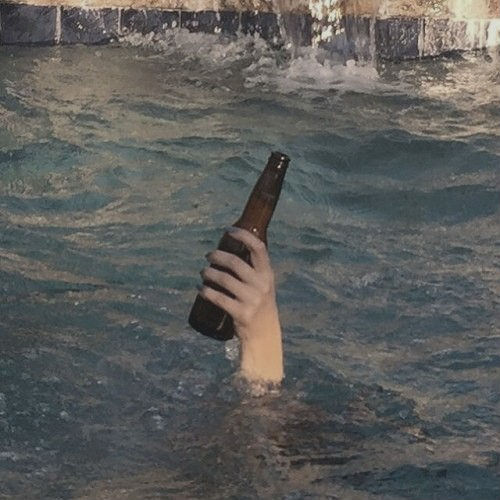
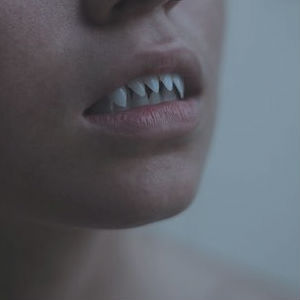

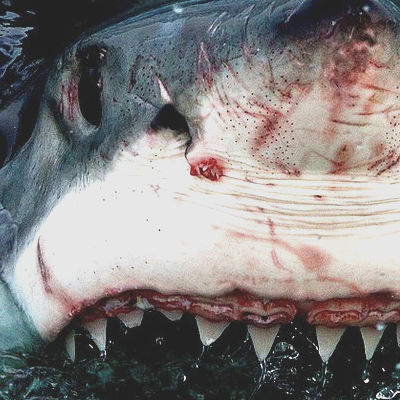
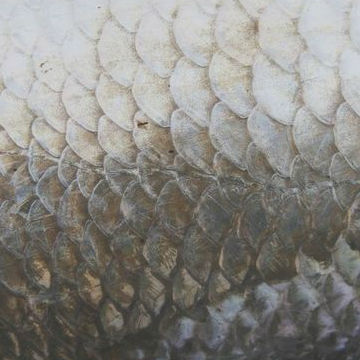
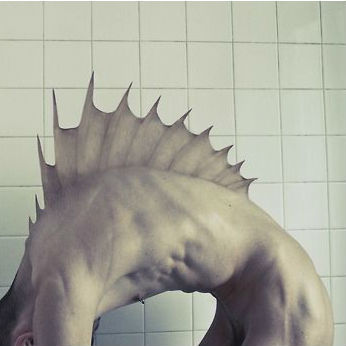
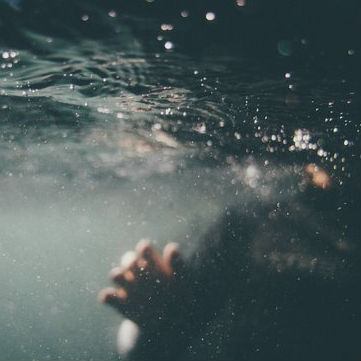

Hockey Teams as Mythical & Legendary Creatures: (3/31)
San Jose Sharks -> Merfolk/Mermen | Status: Mythological Creature | Origin: Worldwide
Mermen are mythical male equivalents and counterparts of mermaids – legendary creatures who have the form of a male human from the waist up and are fish-like from the waist down, having scaly fish tails in place of legs. Mermaids appear in the folklore of many cultures worldwide, including the Near East, Europe, Africa and Asia. In contrast to mermaids, mermen were traditionally depicted as unattractive. However, some modern depictions show them as handsome. The actions and behaviour of mermen can vary wildly depending on the source and time period of the stories. They have been said to sink ships by summoning great storms, but also said to be wise teachers, according to earlier mythology. Mermen, just like mermaids, can lure and attract humans with their enchantingly beautiful, soft melodic and seductive siren-like singing voices and tones.
#my edit#san jose sharks#fantasy#hockey meme#halloween meme#mythicteams#nhl edit#myths and legends#sjs edit#brent burns#joe thornton
95 notes
·
View notes
Photo


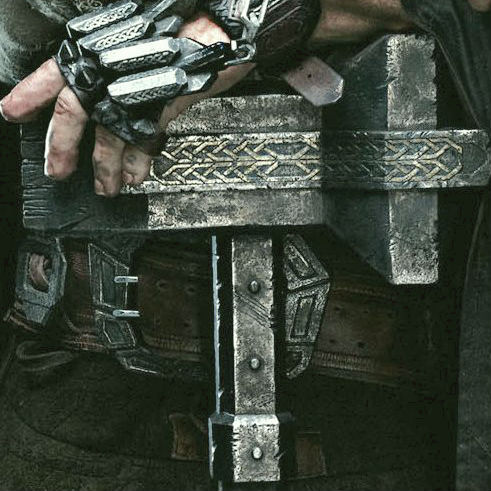


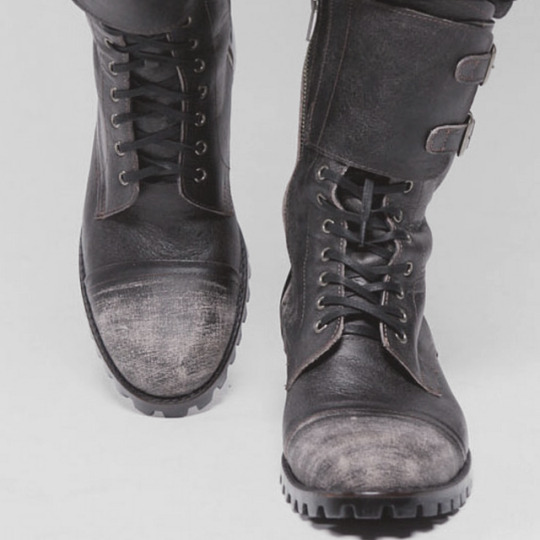



Hockey Teams as Mythical & Legendary Creatures: (23/31)
Colorado Avalanche-> Jötunn | Status: Mythological Race | Origin: Norse
A Jötunn, is a giant in Norse mythology, a member of a race of nature spirits with superhuman strength, described as standing in opposition to the races of Æsir and Vanir, although they frequently mingled with or were even married to these. Their otherworldly homeland is Jötunheimr, one of the nine worlds of Norse cosmology, separated from Midgard, the world of humans, by high mountains or dense forests. Norse mythology traces the origin of the jötnar to the proto-being Ymir, a result of growth of asexual reproduction from the entity’s body. Ymir is later killed, his body dismembered to create the world, and the jötnar survive this event by way of sailing through a flood of Ymir’s blood. The giants represent the forces of the primeval chaos and of the untamed, destructive nature. Their defeats by the hands of the gods represent the triumph of culture over nature, albeit at the cost of eternal vigilance.
#my edit#mythicteams#myths and legends#hockey meme#nhl edit#colorado avalanche#avs edit#avs#listen i know they should be bigfoot#but this looks cooler and its a nod to landy so
56 notes
·
View notes
Photo




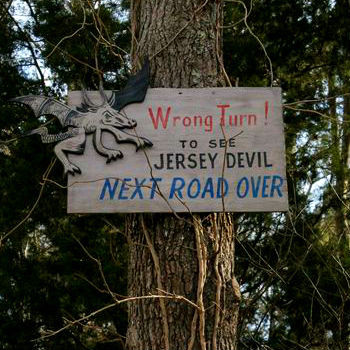




Hockey Teams as Mythical & Legendary Creatures: (2/31)
New Jersey Devils -> The Jersey Devil | Status: Folk Legend | Origin: Leeds Point NJ
In New Jersey folklore, the Jersey Devil is a legendary creature said to inhabit the Pine Barrens of Southern New Jersey. The creature is often described as a flying biped with hooves, but there are many variations. The common description is that of a creature with the head of a goat, leathery bat-like wings, horns, small arms with clawed hands, cloven hooves and a forked tail. It has been reported to move quickly and often is described as emitting a "blood-curdling scream". According to popular folklore the Jersey Devil was the 13th child of a New Jersey resident known as Mother Leeds, born in 1735, according to some Mother Leeds was a witch, and the child’s father was the Devil himself.
#my edit#new jersey devils#fantasy#hockey meme#halloween meme#mythicteams#nhl edit#myths and legends#njd edit#taylor hall#nico hischier
117 notes
·
View notes
Photo
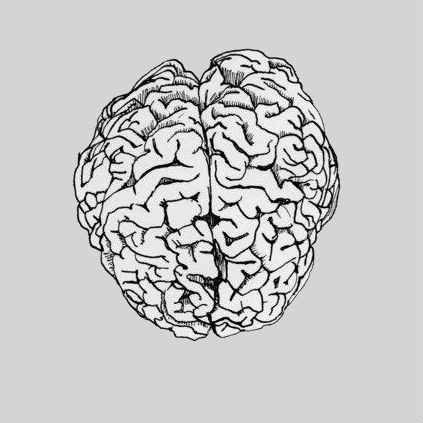
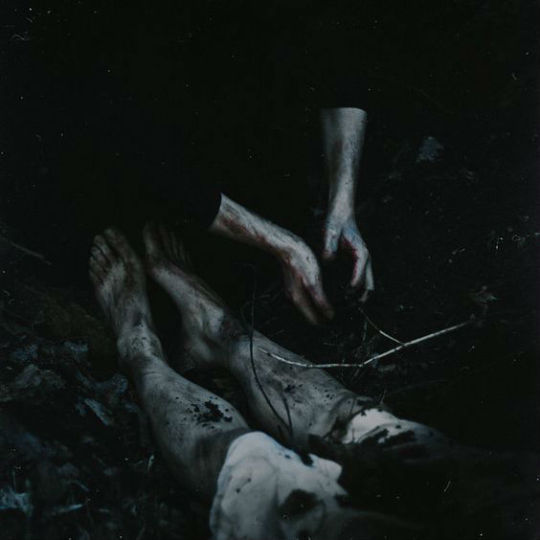


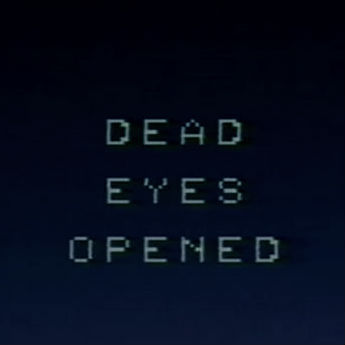

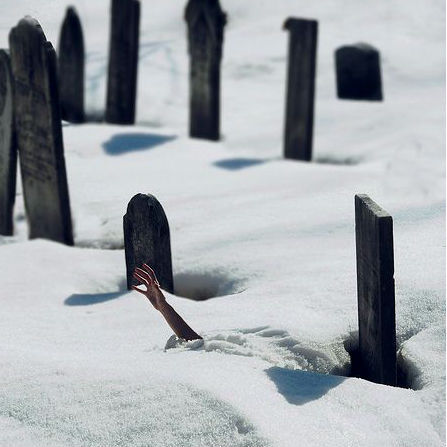

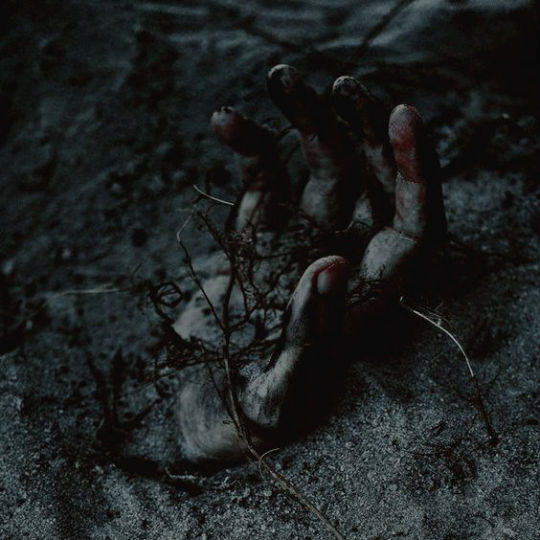
Hockey Teams as Mythical & Legendary Creatures: (28/31)
Edmonton Oilers-> Zombi | Status: Legendary Creature | Origin: Haitian
Zombies are featured widely in Haitian rural folklore as dead persons physically revived by the act of necromancy of a bokor, a sorcerer or witch. The bokor is opposed by the houngan or priest and the mambo or priestess of the formal voodoo religion. A zombie remains under the control of the bokor as a personal slave, having no will of its own. It is said that a zombie could be saved by being fed salt. The zombie belief has its roots in traditions brought to Haiti by enslaved Africans, and their subsequent experiences in the New World. A number of scholars have pointed out the significance of the zombie figure as a metaphor for the history of slavery in Haiti. Early depictions of the reanimated undead in European gothic and horror literature invoke both magic and science. Modern depictions of zombies do not necessarily involve magic but often invoke science fictional methods such as carriers, radiation, mental diseases, vectors, viruses, scientific accidents, etc.
#my edit#these last few are giving me so much trouble#mythicteams#myths and legends#edmonton oilers#hockey meme#connor mcdavid#leon draisaitl
33 notes
·
View notes
Photo
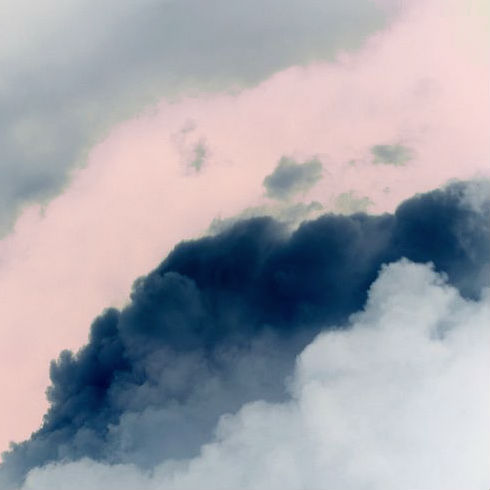

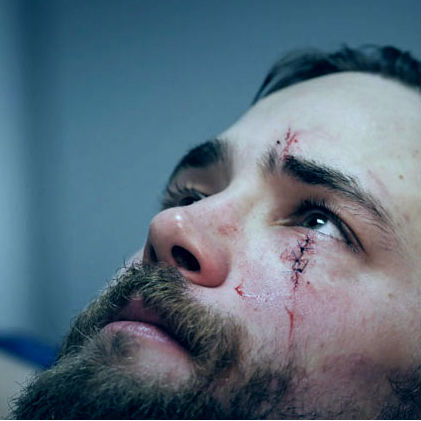


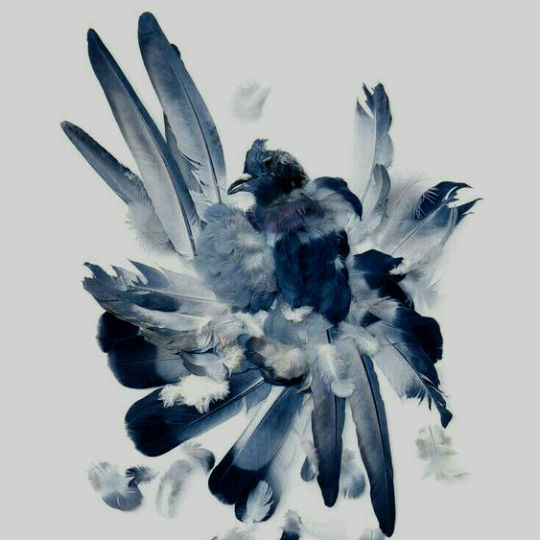
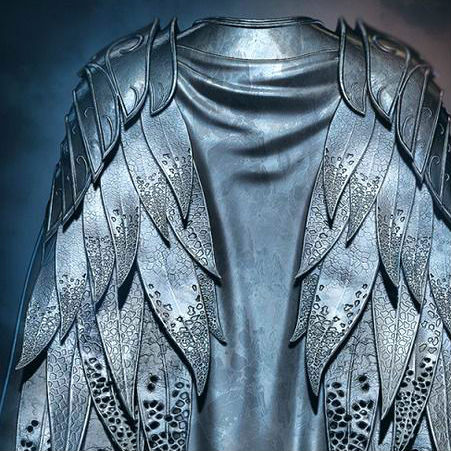
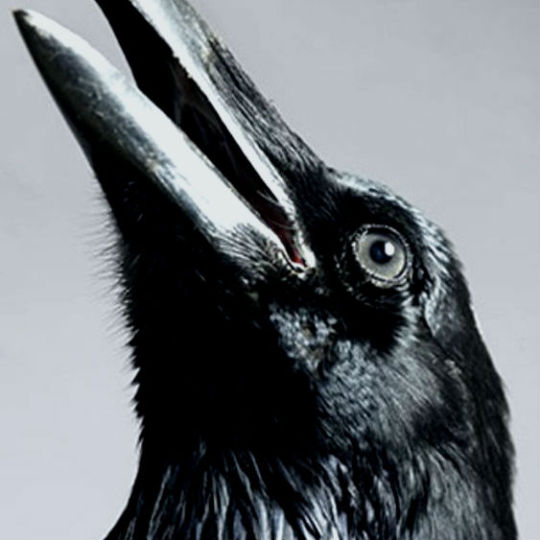
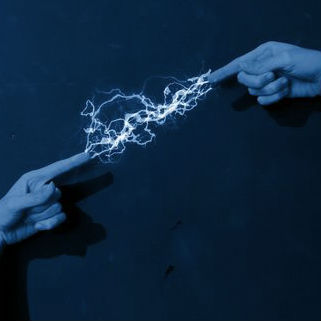
Hockey Teams as Mythical & Legendary Creatures: (11/31)
Tampa Bay Lightning -> Lightning Bird | Status: Mythological Creature | Origin: South Africa
The lightning bird or impundulu or the kwane is a mythological creature in the folklore of the tribes of South Africa including the Pondo, the Zulu and the Xhosa. The impundulu (which translates as "lightning bird") takes the form of a black and white bird, the size of a person, which is said to summon thunder and lightning with its wings and talons. It is a vampiric creature associated with witchcraft, often the servant or familiar of a witch or witch doctor, which attacks the witch's enemies. It is said to have an insatiable appetite for blood. Sometimes it takes the form of a beautiful young man who seduces women. It is said that the lightning bird is immortal, because it outlives its masters. Legend recounts that the bird is passed down in a witch’s family from mother to daughter, doing the bidding of its owner. The lightning bird is impervious to gunshots or stabbing, you cannot poison it or drown it, but it is said that the creature can be destroyed by fire.
63 notes
·
View notes
Photo
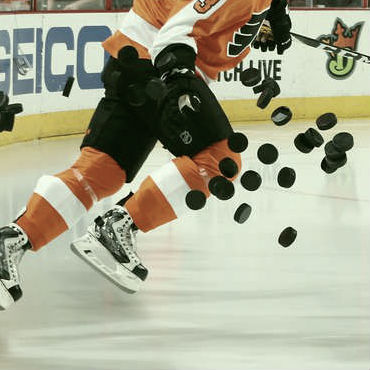
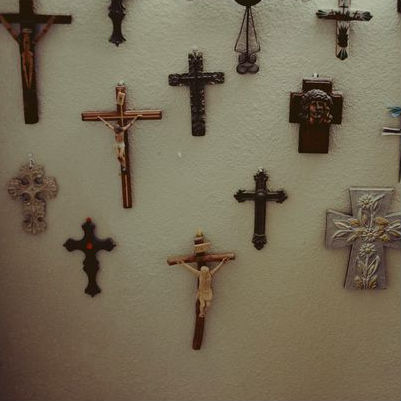

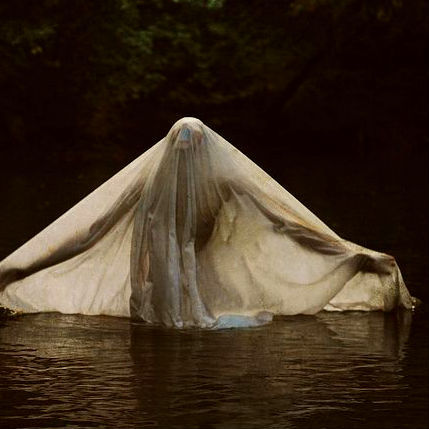
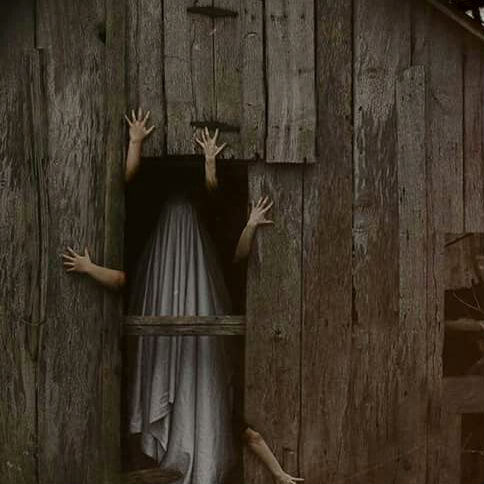


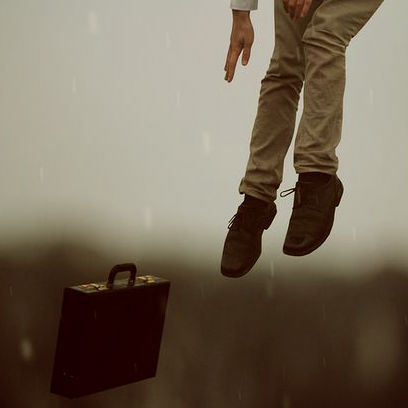

Hockey Teams as Mythical & Legendary Creatures: (21/31)
Philadelphia Flyers -> Poltergeist | Status: Supernatural Entity | Origin: Worldwide
In folklore and parapsychology, a Poltergeist (German for "noisy ghost" or "noisy spirit") is a type of ghost or other supernatural entity which is responsible for physical disturbances, such as loud noises and objects being moved or destroyed. They are purportedly capable of pinching, biting, hitting, and tripping people. Most accounts of poltergeists describe the movement or levitation of objects such as furniture and cutlery, or noises such as knocking on doors. They have traditionally been described as troublesome spirits who haunt a particular person instead of a specific location. Such alleged poltergeist manifestations have been reported in many cultures and countries including the United States, India‚ Japan, Brazil, Australia, and most European nations. Early accounts date back to the 1st century.
#my edit#Philadelphia Flyers#flyers edit#hockey meme#nhl edit#mythicteams#myths and legends#fantasy#halloween meme
47 notes
·
View notes